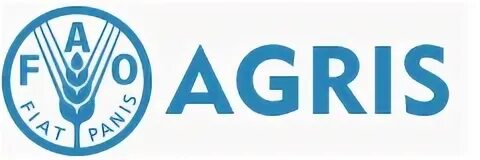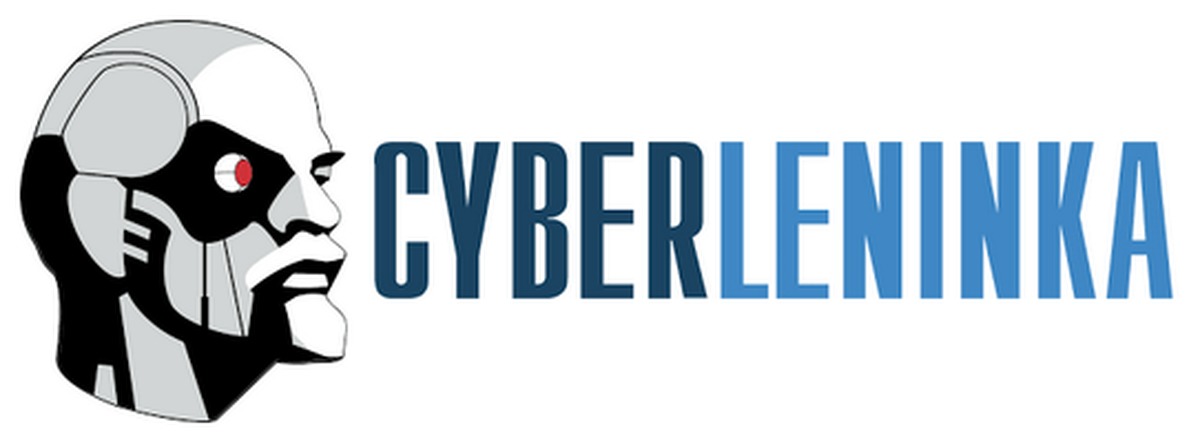For authors
Author Guidelines
Authors are requested to submit their papers by online submission. Please follow the hyperlink “Make a submission” and upload all files. Authors need to register with the journal prior to submitting or, if already registered, can simply log in and begin the submission process. If you need to submit a revised paper as a result of the peer review process, you will also do this in the submission system. DO NOT create a new download for the edited version of the article. Upload it to the "Revisions" section of the submission you have already created.
Manuscript Formatting
Articles in the journal are published in Russian and English. Title, abstract, keywords and information about authors written in English, must be duplicated in Russian.
The article, including the bibliography, should be 10-25 pages.
The entire article (text, tables, notes, headings, foreign inserts, bibliography, figure captions, etc.) is typewritten - 12 font size, Times New Roman, 1 line spacing with 3 cm margins.
1. Type of the article (original research or review).
- Information about the authors:
- contain the full name and affiliation of the authors;
- the affiliation indicates the organization, city, country;
- ORCID;
- corresponding author, email.
- The title of the article should briefly (no more than 12 words) and accurately reflects the content of the article, the topic and results of the scientific research.
- The abstract (150 to 200 words) should reflect the content of the article and the research results. The abstract should state the essential facts of the work that are present in the main part of the publication.
The text should be structured. Please, specify:
- a) Introduction: a scientific problem is posed; a gap in knowledge is occupied;
b) The Purpose of the study;
c) Methods: provides information about the object and sequence of the study (briefly);
d) Results: the specific author’s research results are given;
e) Conclusion: the main results, their application in real practice and research prospects are indicated.
- Keywords (5-10) should reflect the main problems, object and achievements of the research. They should contribute to the search for an article in search engines.
6. The main text should be presented in a certain sequence:
Introduction
Introduce the topic, provide background information, and state the research problem or question. Summarize relevant previous research to establish what is already known and what gaps your study addresses. Clearly state the aims of the research, including any specific hypotheses or questions you intend to answer.
Materials and Methods
Provide a detailed account of how you conducted the study, allowing others to replicate your work.:
Study Design: Describe the type of study (e.g., experimental, observational, qualitative).
Participants/Sample: Detail the selection of participants, including inclusion/exclusion criteria.
Materials and Equipment: Specify any tools, materials, or technologies used.
Procedure: Provide a step-by-step overview of how the research was conducted.
Data Analysis: Explain the methods used for analyzing the data, including statistical tests.
If your research concerned working with animals or humans, please indicate compliance with ethical standards and obtaining the consent and approval of relevant committees
Results
Present the findings of your research in a clear and logical manner, without interpretation.
Use tables, figures, and graphs to present data where appropriate. Summarize key findings in text, highlighting significant trends or patterns. Provide relevant statistical analyses. Focus on what the data shows, without discussing implications just yet. Use bullet points or numbered lists for clarity if necessary. Ensure that all figures and tables are well-labeled and referenced in the text.
Discussion
Interpret the results, explaining their implications, limitations, and how they fit within the broader context of existing literature. Discuss what the findings mean in relation to your original question or hypothesis. Compare your results with previous research, noting similarities and differences. Acknowledge any limitations of your study that may affect the interpretation or generalizability of the results. Suggest areas for future research based on your findings.
The Discussion section can be combined with the Results section (Results and Discussion). In this case, all the results obtained are given an interpretation, including the correspondence of the results to the research hypothesis.
Conclusion
Highlight the main ideas of the main text of the article, conclusions on the results, limitations of the study, practical significance of the results obtained, possible directions for future research.
- Acknowledgments/Funding are given as needed. Authors should include details of additional sources of funding, including project and/or grant numbers. Persons, organizations, foundations, etc., who provided any assistance in the conduct of the study are listed.
- Authors’ contribution. At the end of the manuscript, the authors should include notes explaining the actual contribution of each co-author to the work performed according to the CRediT system, which includes 14 roles.
- References. The number of cited sources in the text should be at least 20. At least a third of them must have been published recently (in the last 3 years). The use of high-quality sources in an article significantly enhances its credibility.
Only scientific sources must be included in references. Make sure that the articles are not retracted and the journals are not excluded from the databases. All other sources (GOST standards, textbooks, links to websites, etc.) must be indicated as a page-by-page link and are not included in references.
The sources [ ] in the list of references are numbered in the order of their mention in the text, not alphabetically. Make sure that the referenced text fragments correspond to what is actually described in the cited articles.
The bibliographic description of the documents is drawn up in accordance with the requirements of the journal described in the attached template. If the source has a DOI, it must be specified: https://doi.org/... There is no dot after the DOI.
- Information about the authors - degree, position, affiliation.








